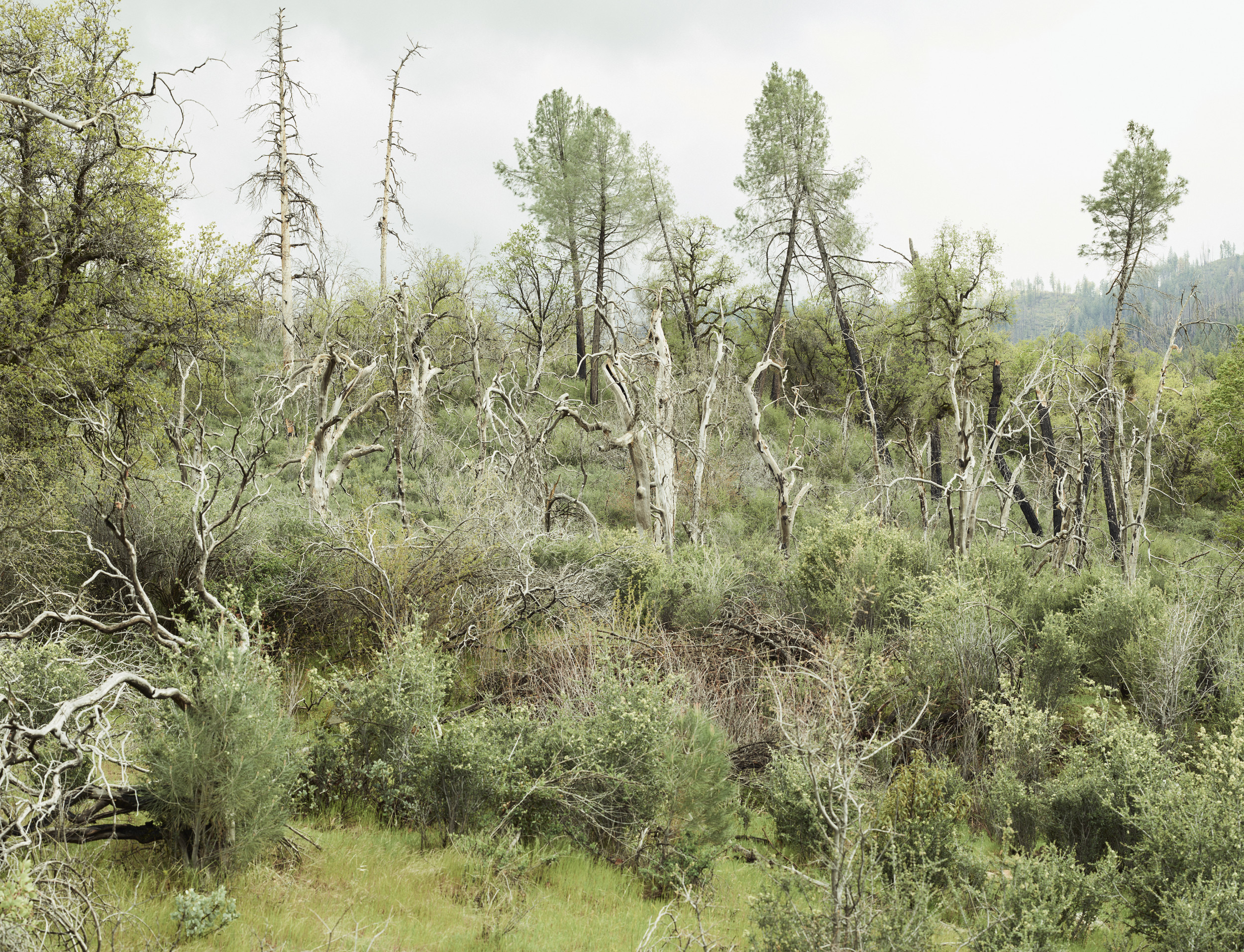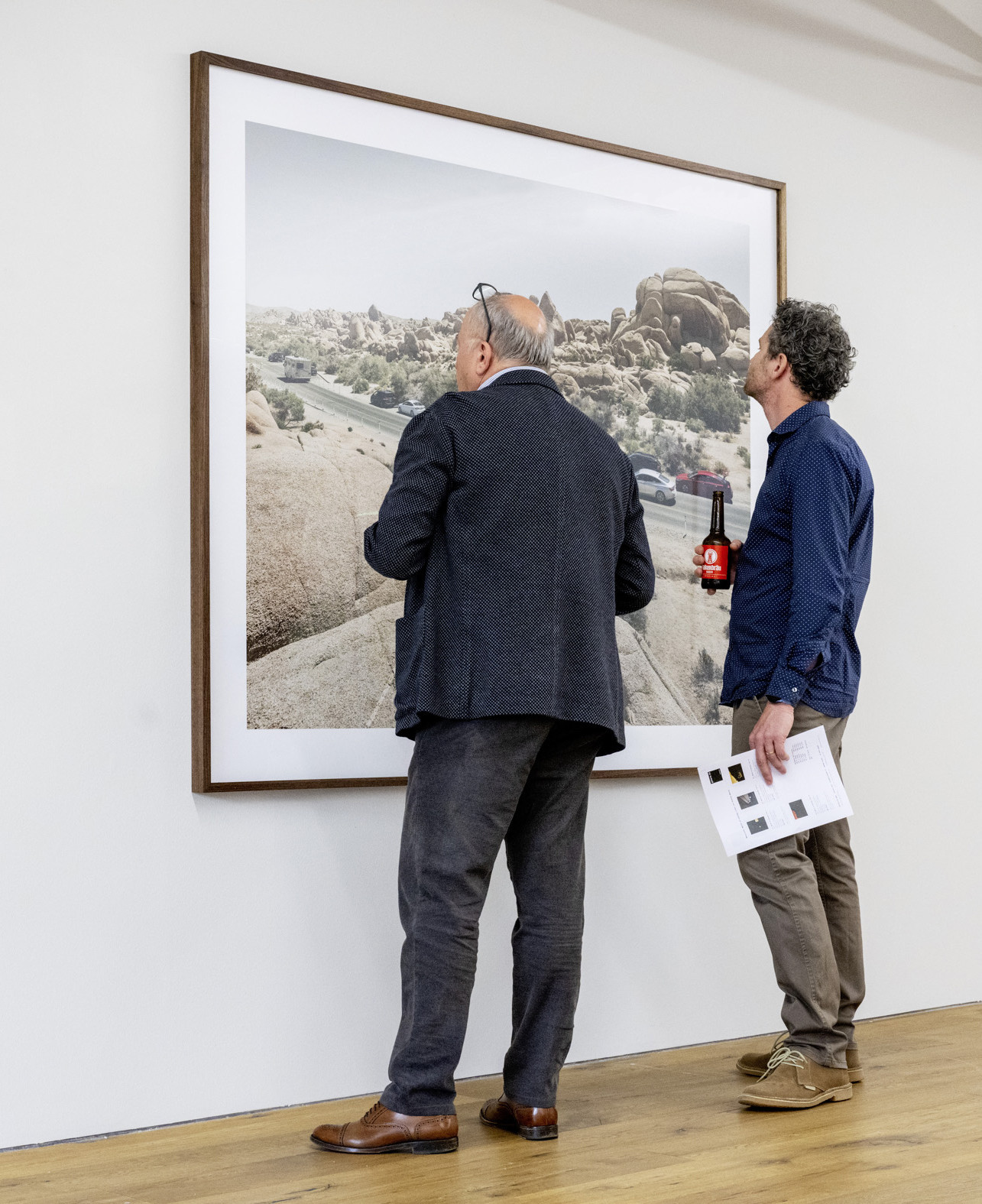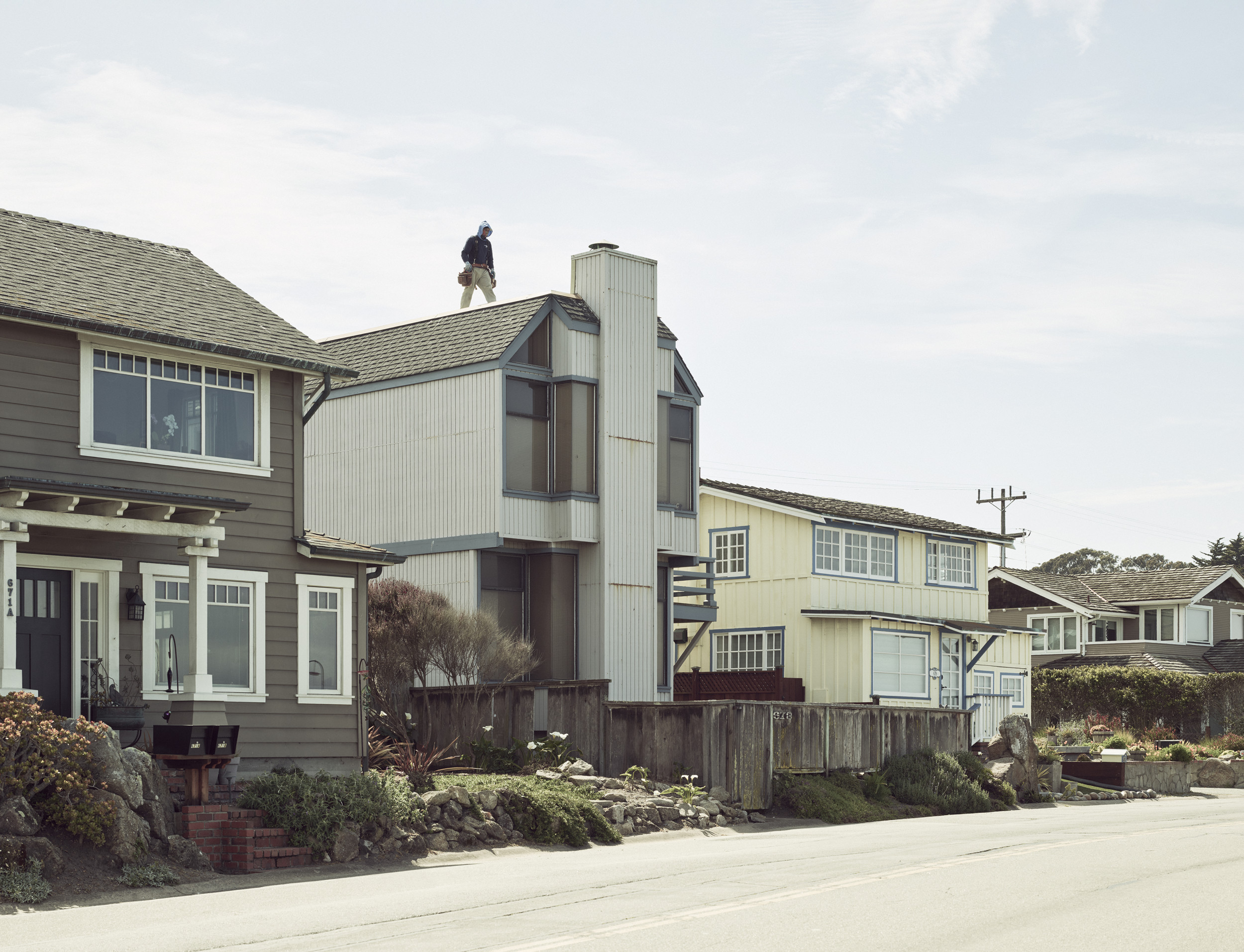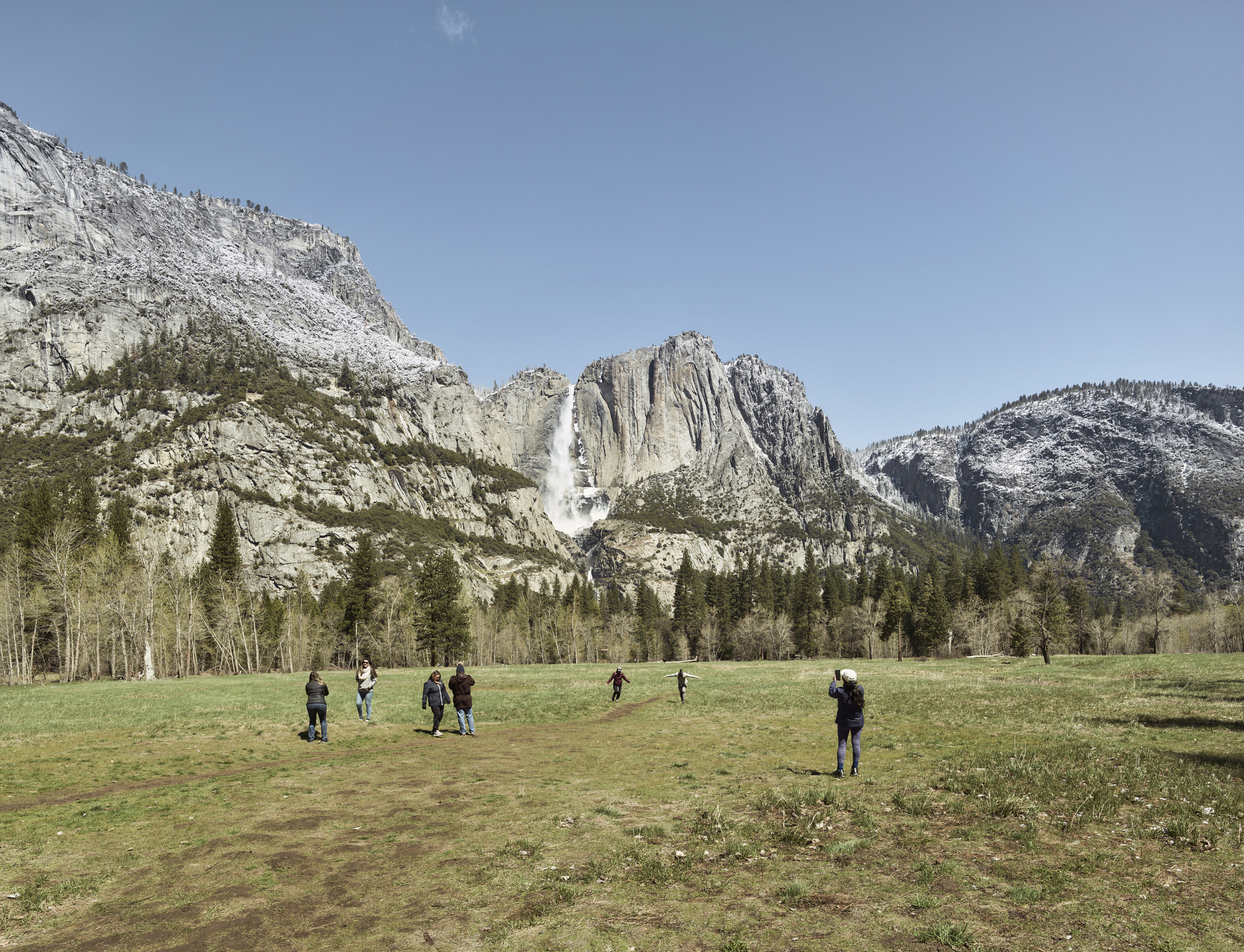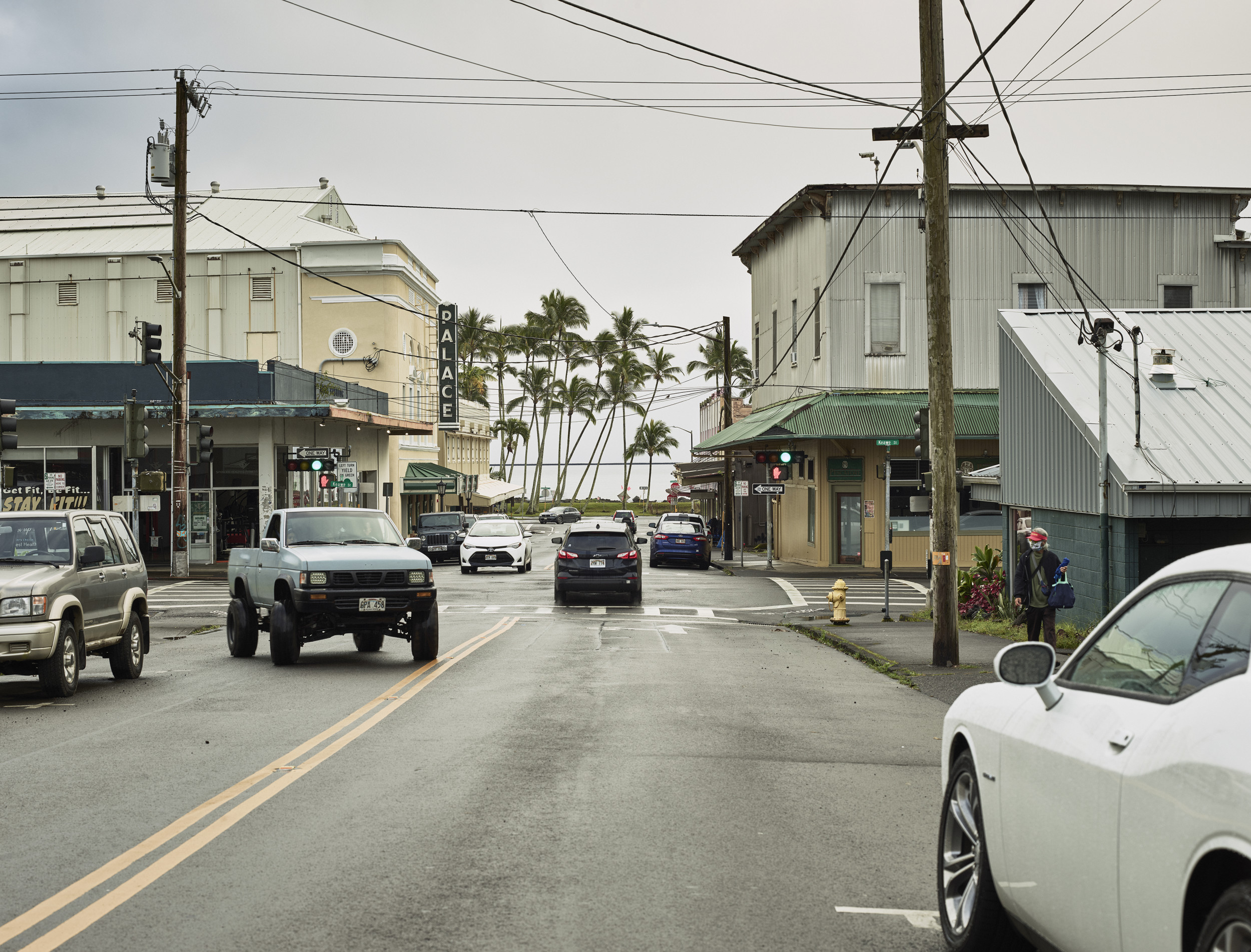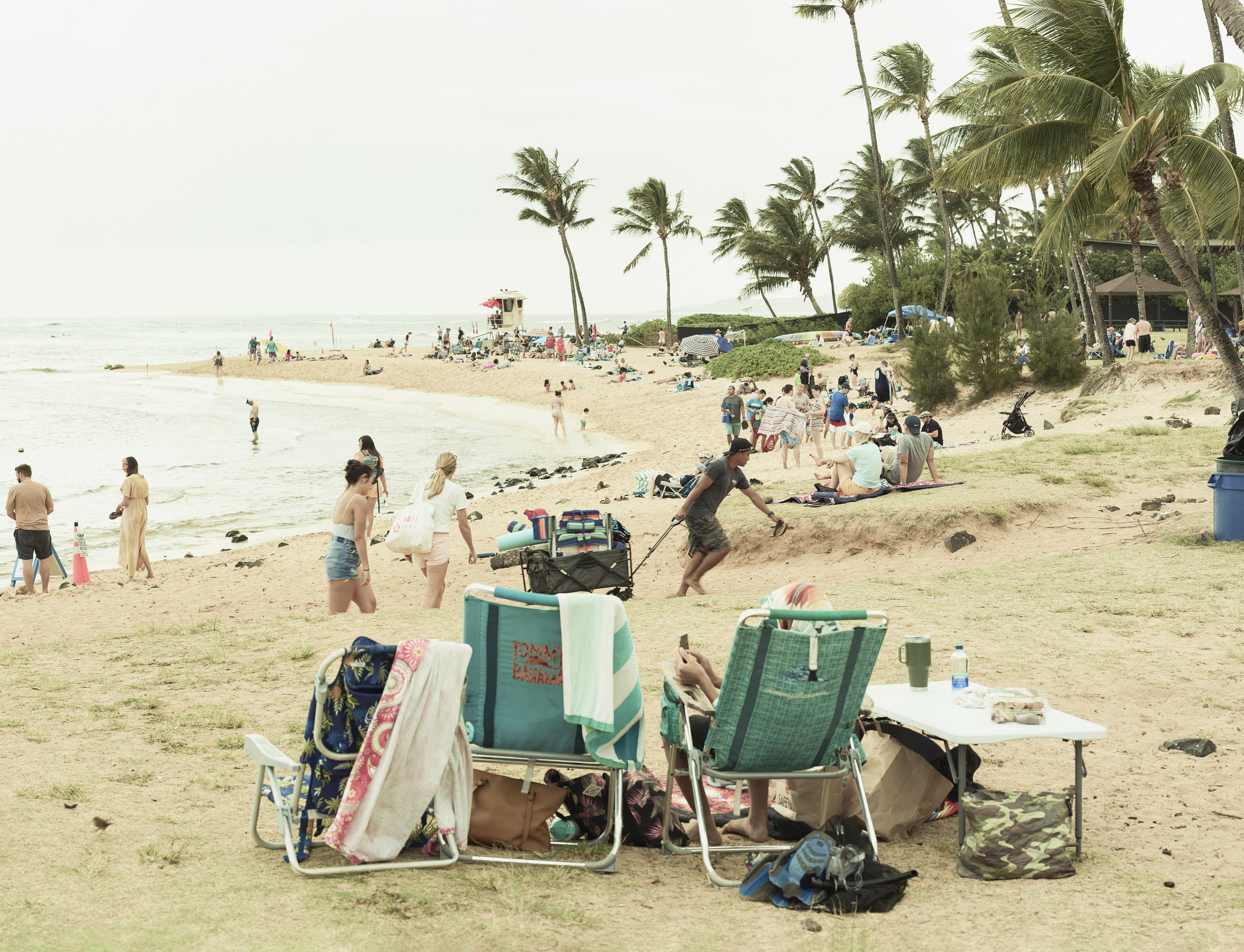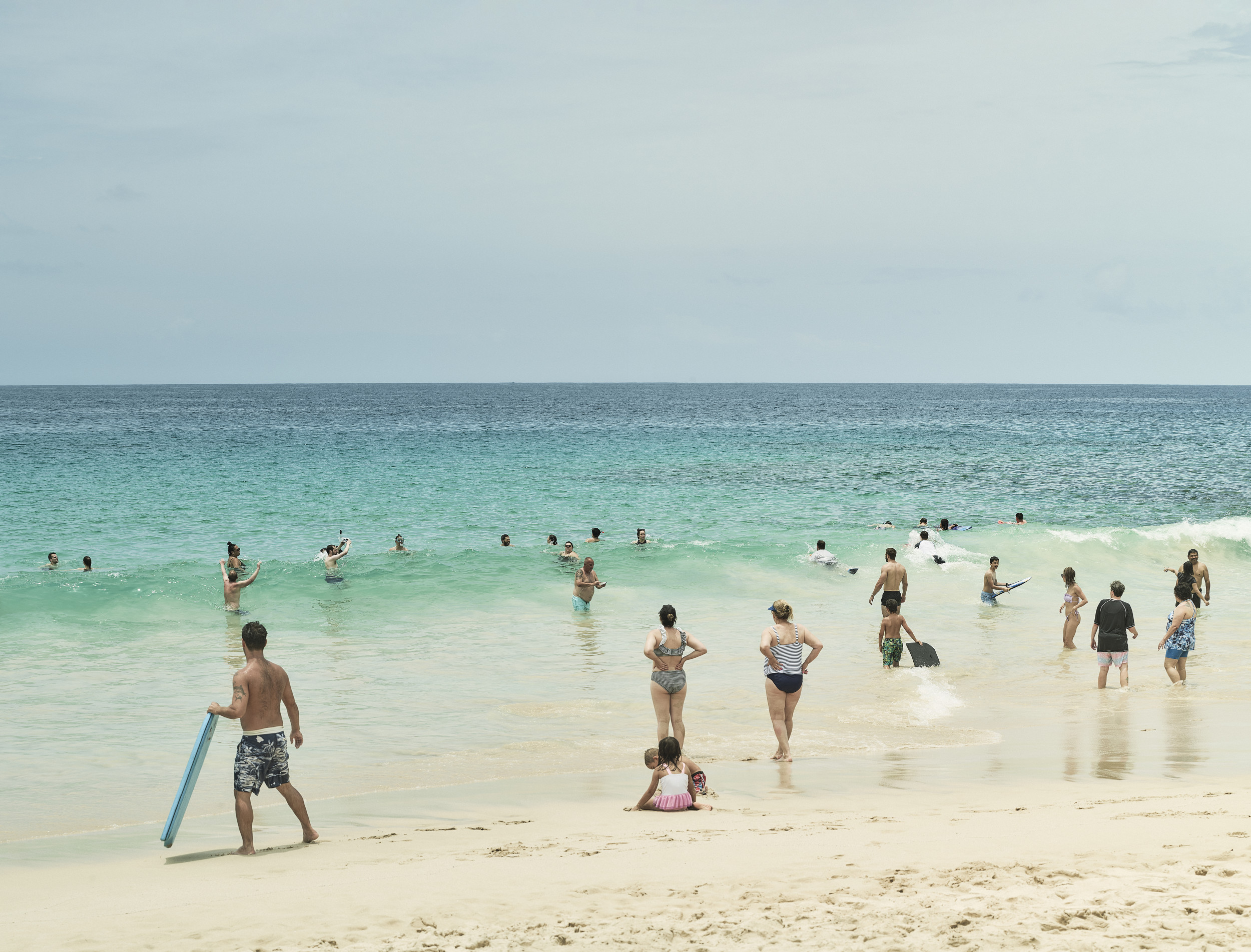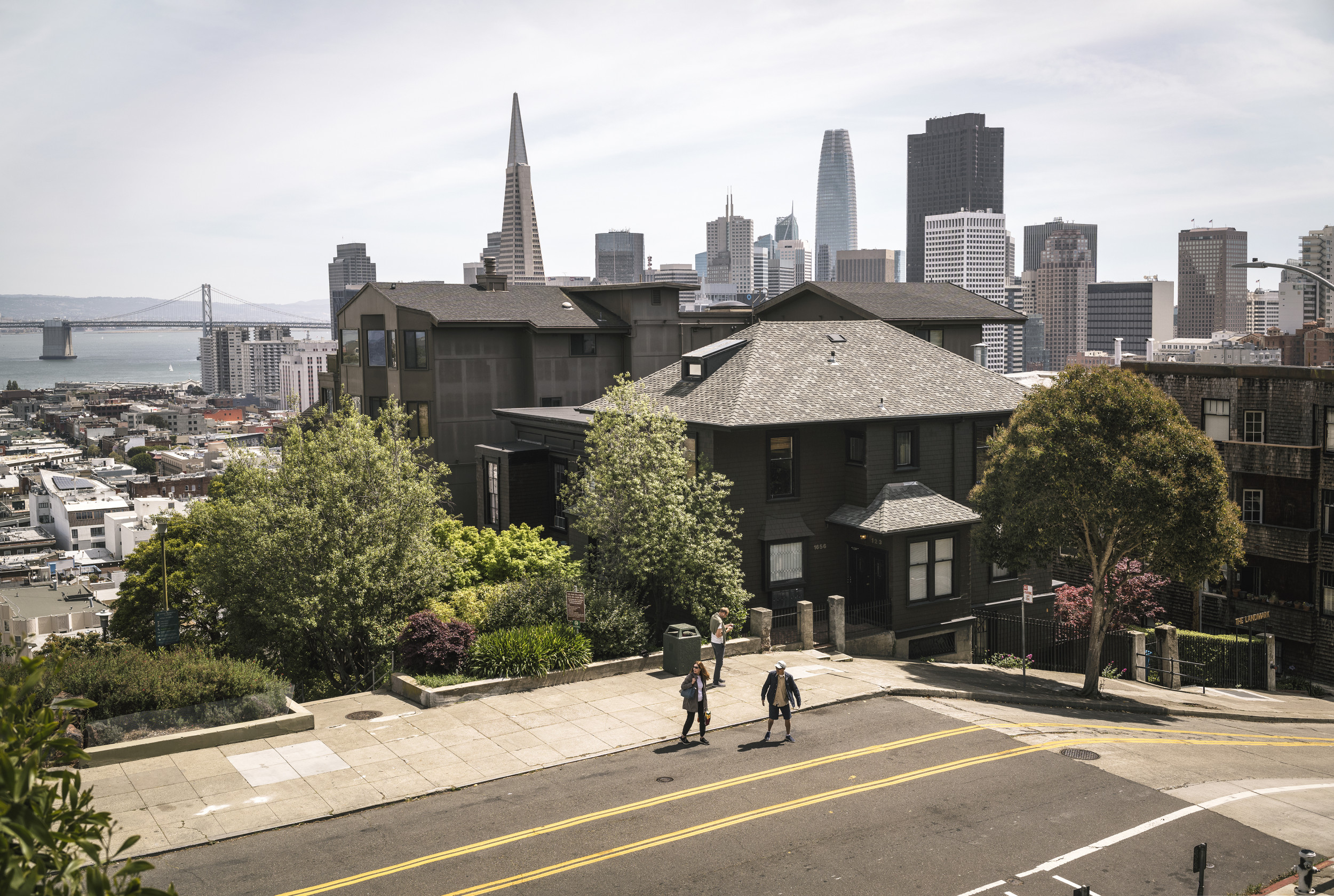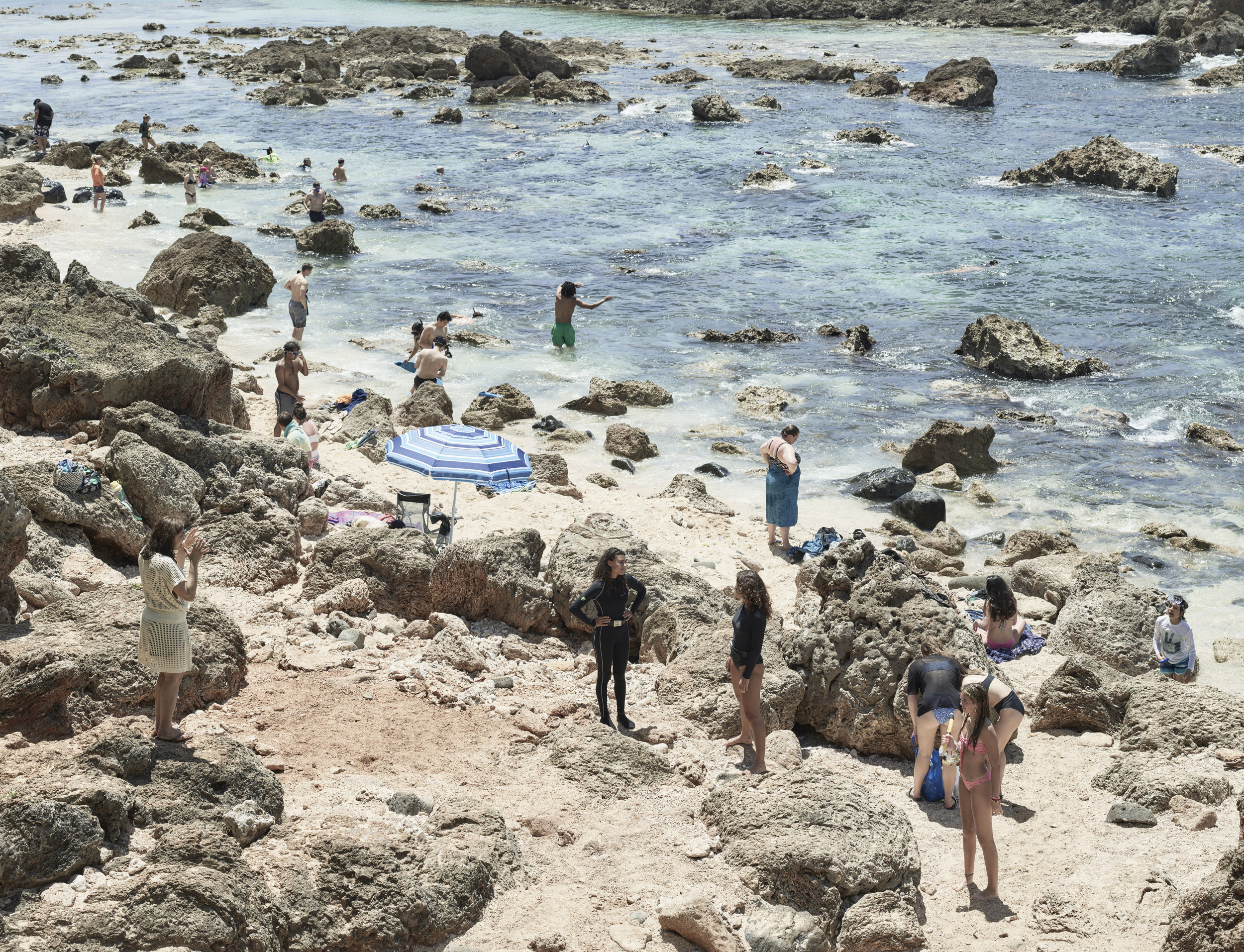Human Nature
The German equivalent of the English expression human nature has a narrower range of meanings, or at least does not have such broad and obvious connotations: if the two-word expression human nature refers to the psychological and social characteristics of humans, it could be briefly translated into German as the 'essence of the human' ('das Wesen des Menschen'). But the juxtaposition of nature and human in the English expression contains a doubling, a structural division, that is a central paradigm of modernity. When they measure the world (for example, with the methods of cartography and linear perspective), perceiving subjects separate themselves from nature in order to comprehend it. The resulting focus on abstract argument further leads to the socio-historical realization of human alienation from nature. As society extends the process of appropriating nature, humanity increasingly positions itself as opposed to and outside of it. Given that we are ourselves part of nature, this is a strange twist.
In the light of this separation of humans from nature, idiosyncratic encounters both with and in nature form a central theme in this series of photographs by Kostas Maros. With the perspective of a silent observer, these photographs document how humans relate to nature. At the same time, the depicted scenes have a curious theatricality of their own. The people in them – preoccupied with themselves and their surroundings; turned towards and away from each other – sometimes seem to be following stage directions in front of a landscape that has been transformed into a theatrical backdrop. Yet that landscape in turn becomes the primary spectacle for the viewers of these photographs; as guests of humans in the world, they pay a visit to the manifold wonders of nature.
If some of these photographs reflect the relationship of humans to nature in terms of their acts and actions, others enframe alternative perspectives and the corresponding proportions. With a necessary distance, relationships are revealed that could be overlooked from the close-up view otherwise so natural to us: how small the vehicles that dominate our roads are when lined up in front of cragged giants; how small three rows of people look against the seething edges of the wide seas that adorn the coasts. It's a matter of individual perspective, but these photographs offer the possibility of a reconciliation for the separation of man from himself, from nature.
